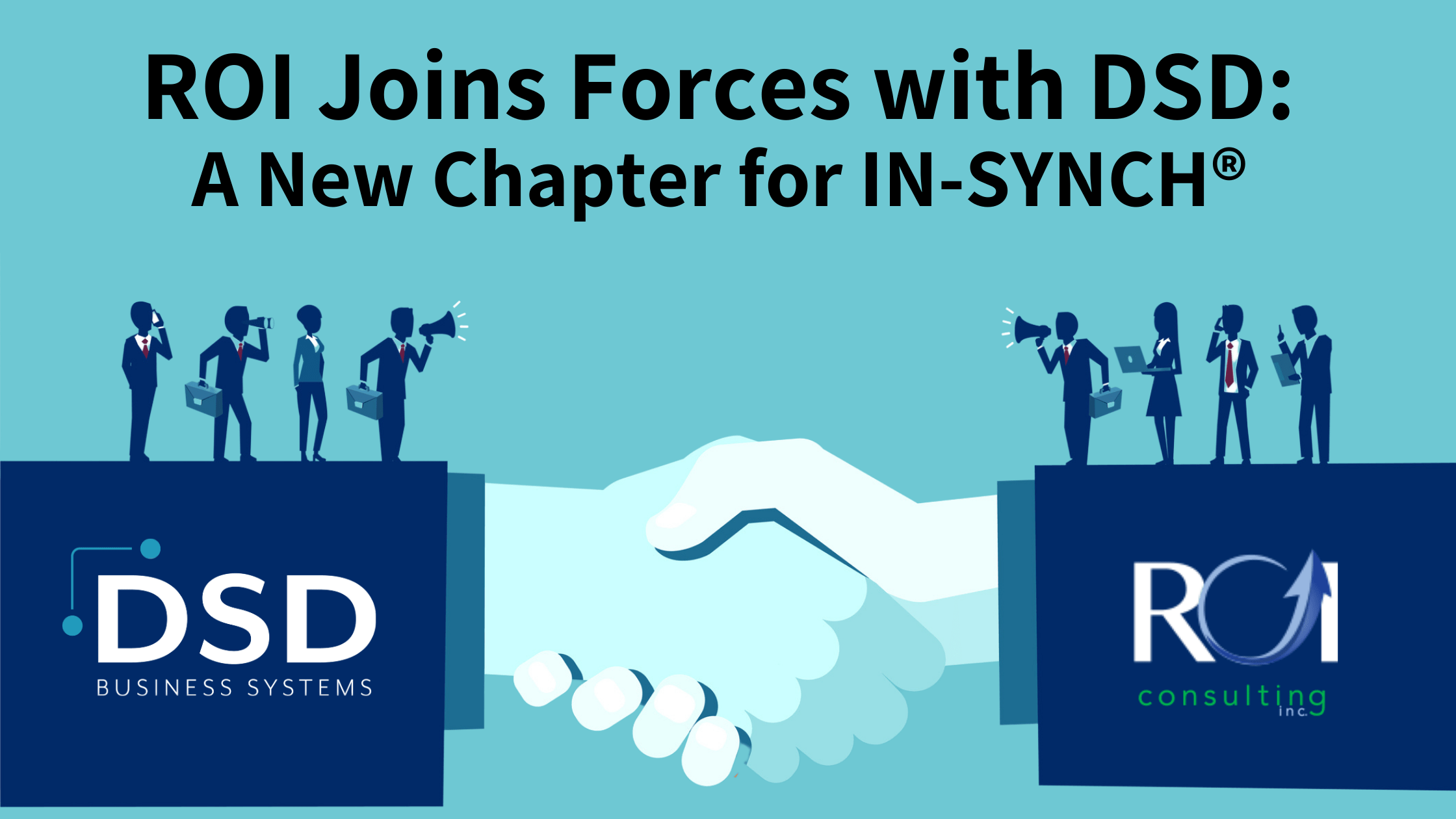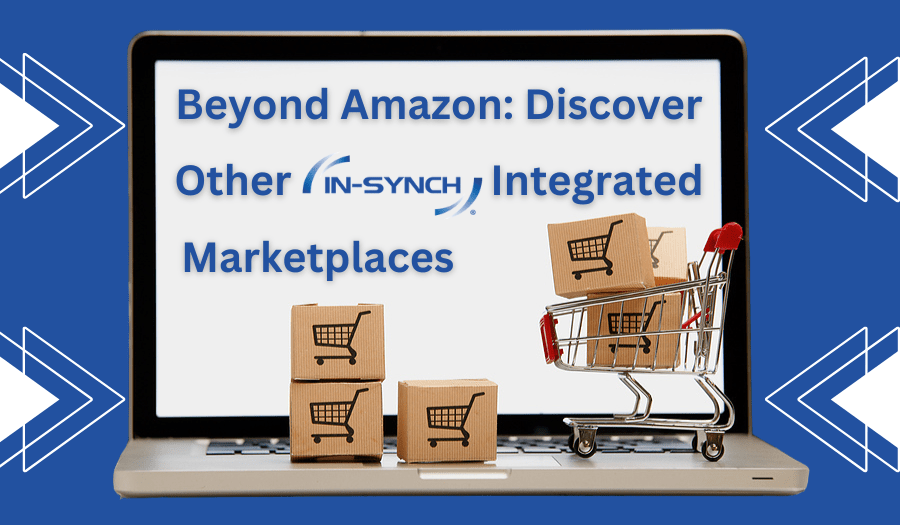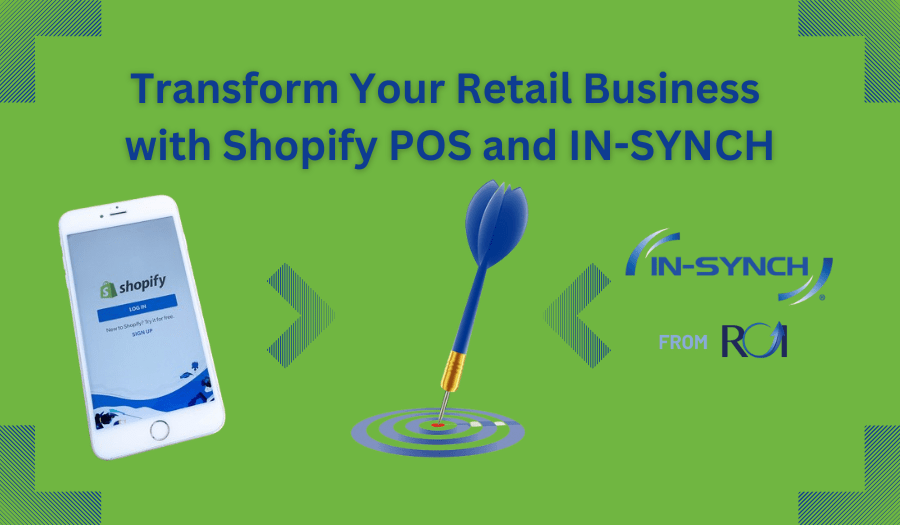By Ruth Richter • June 05, 2018

With so many options available, it is important to choose the right provider for your company’s needs. A 3PL that fits your company will positively impact your efficiency, expertise, scalability, flexibility, and ultimately, customer satisfaction.
Before You Begin 3PL Evaluations
Forming a cross-functional team of all those who will be impacted by the 3PL partnership is a necessity. Enlist the team to document the logistics and processes of your business to make the due diligence, transition, and incorporation of a 3PL as turn-key as possible.
Next, identify a list of three 3PL candidates to consider. Execute mutual non-disclosure agreements approved by your legal team before beginning the evaluation.
Include These 4 Steps to Ensure Success
- Visit the potential provider to meet the new team and see locations first-hand, which provides you with insight into their operation and how it may be to work with them. Be sure to prepare a list of questions ahead of time so that you can get all the answers you need from each visit.
- Enlist your team to review the communications interface methods, technology available, and data transfer methods used by the 3PL. You want to be sure to advance the automation of this process, not step back into the dark ages with antiquated systems and processes.
- Review the 3PL’s on-boarding process. Do they have a detailed implementation plan that includes periodic “checkups” to ensure the transition is proceeding as agreed. A 3PL may likely already have a project implementation mapped out, but they will work with you to customize the plan for your business’ unique needs.
- Develop key performance indicators (KPIs) to measure the 3PL’s performance on a regular basis. This not only measures positive performance, but also affords an early opportunity to course correct negative behavior as necessary. This regular communication will be key to a long-lasting healthy relationship between your company and your chosen 3PL. You may want to have second and third-choice 3PLs in mind in case your first choice does not meet your expectations. When you click with the right 3PL provider, it’s win-win for everyone involved.
Don’t Forget Integration
One vital component in implementation is data integration, a defining feature of a 3PL company. With automated, integrated order data, 3PLs can plan loads and forecast routes for long-term contracts. Preparing for data integration up front means that your company’s system and your 3PL’s system are automatically synchronized from the start. As soon as an order is entered on your website or in a third-party shopping cart, the 3PL has the information ready for planning pickups and routes. This triggers order fulfillment and routes a tracking number back to your system.
IN-SYNCH by ROI Consulting can seamlessly automate Sage 100 and 3Pl data transfers. With IN-SYNCH, customized data integration between Sage 100 and your new 3PL provider is easier than you thought, and cost-effective, too. Fast-track your new connection and see how IN-SYNCH can expedite your new 3PL-enabled shipping process. Contact ROI Consulting online today or call us at 402-934-2223, ext. 1.




